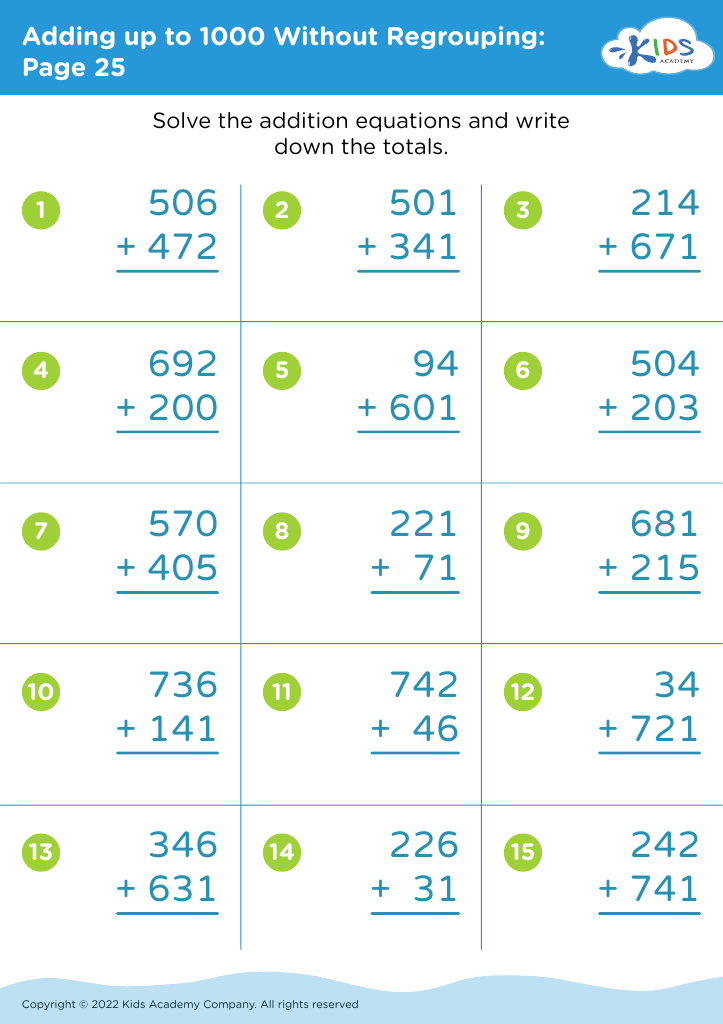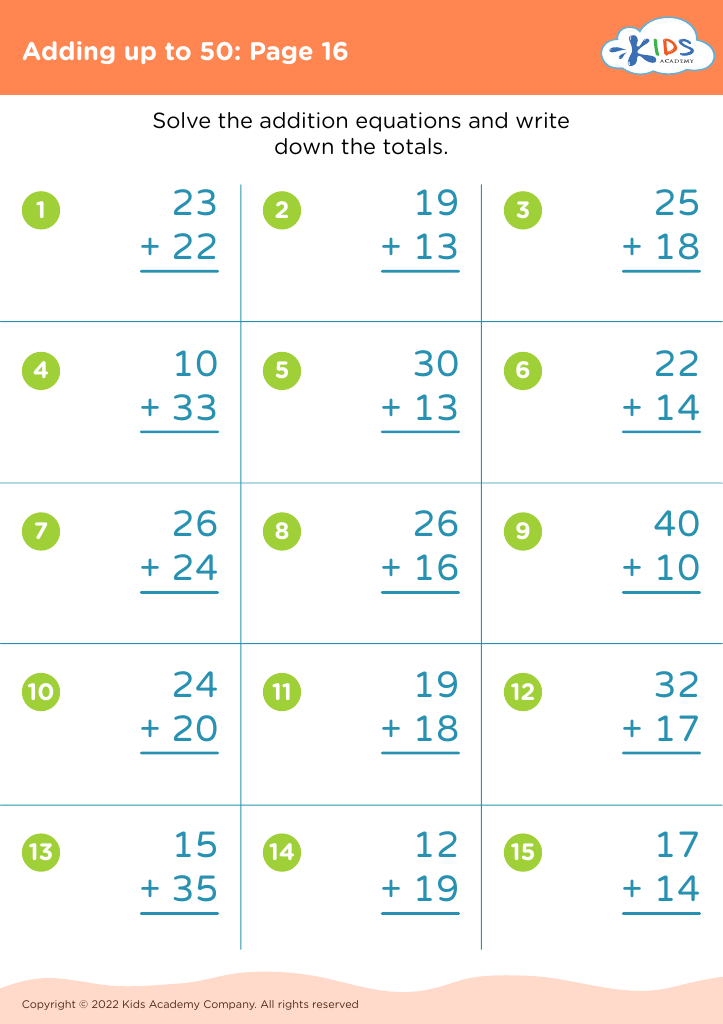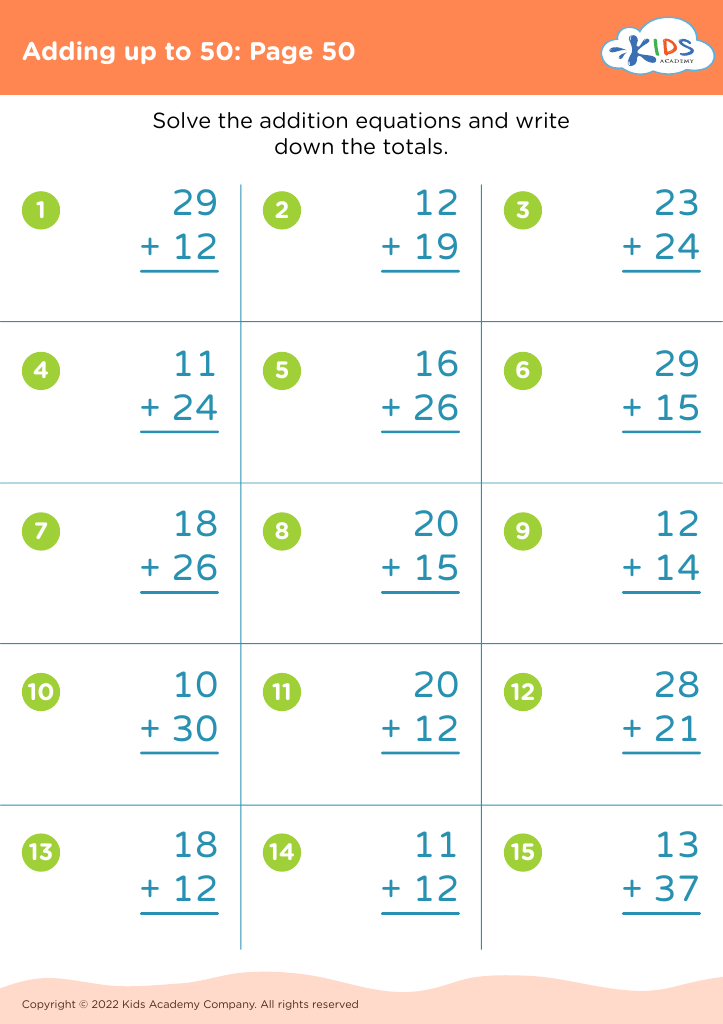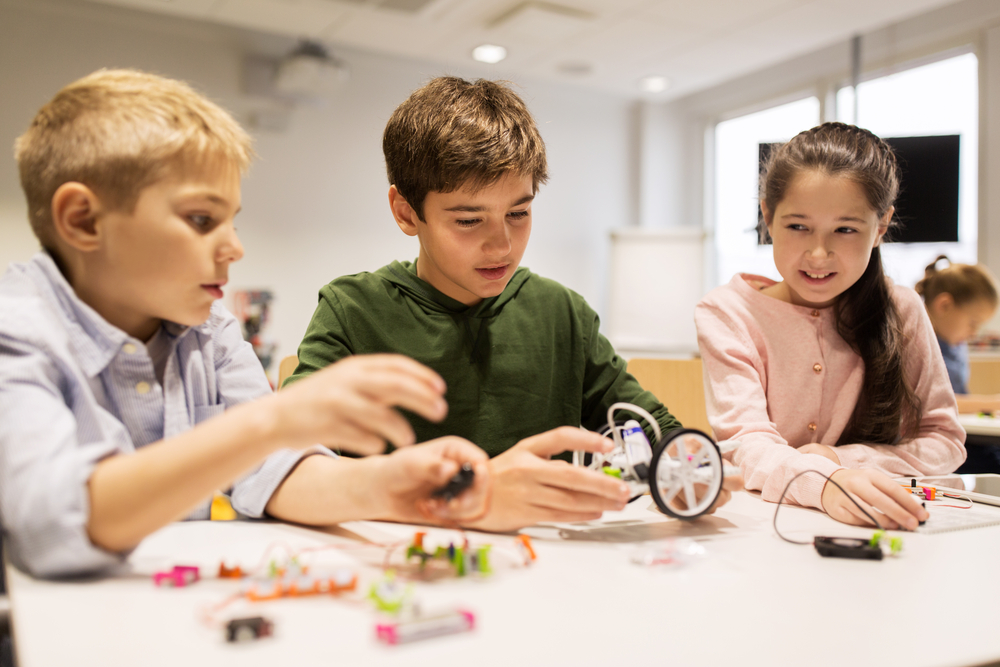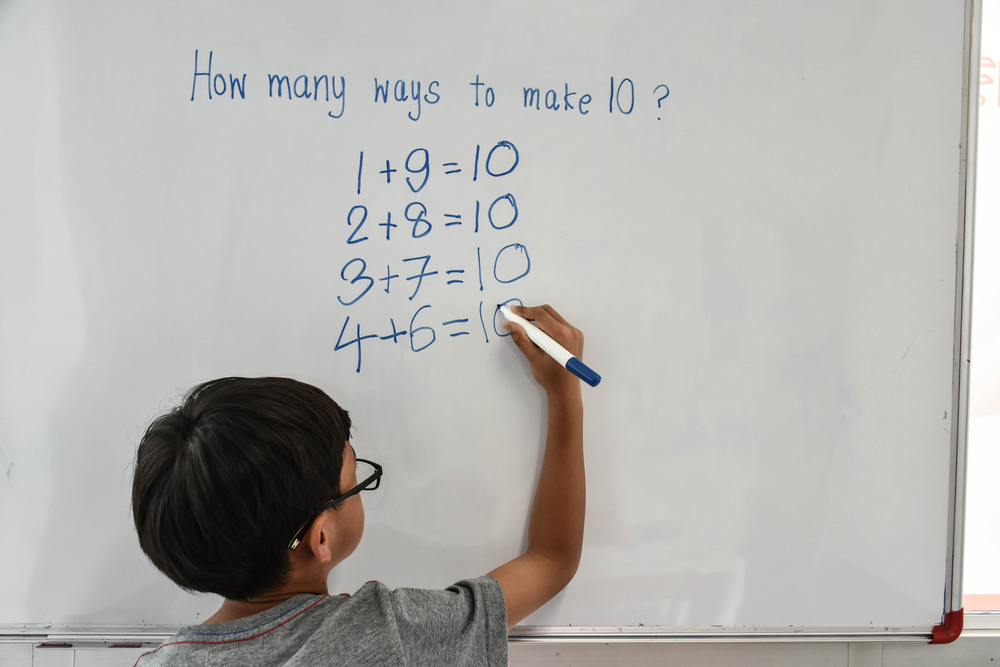Reading clocks Math Worksheets for 7-Year-Olds
7 filtered results
-
From - To
Enhance your child’s math skills with our engaging Reading Clocks Math Worksheets designed specifically for 7-year-olds! These interactive worksheets provide a fun way for kids to learn how to read analog clocks, understand time, and solve related problems. Perfect for reinforcing classroom learning or for use at home, our worksheets cater to various skill levels, ensuring your child’s progress in mastering time-telling concepts. With vibrant illustrations and easy-to-understand exercises, your little ones will enjoy sharpening their math abilities while building confidence. Download our printable worksheets today and turn learning about clocks into an exciting adventure!


Years Worksheet
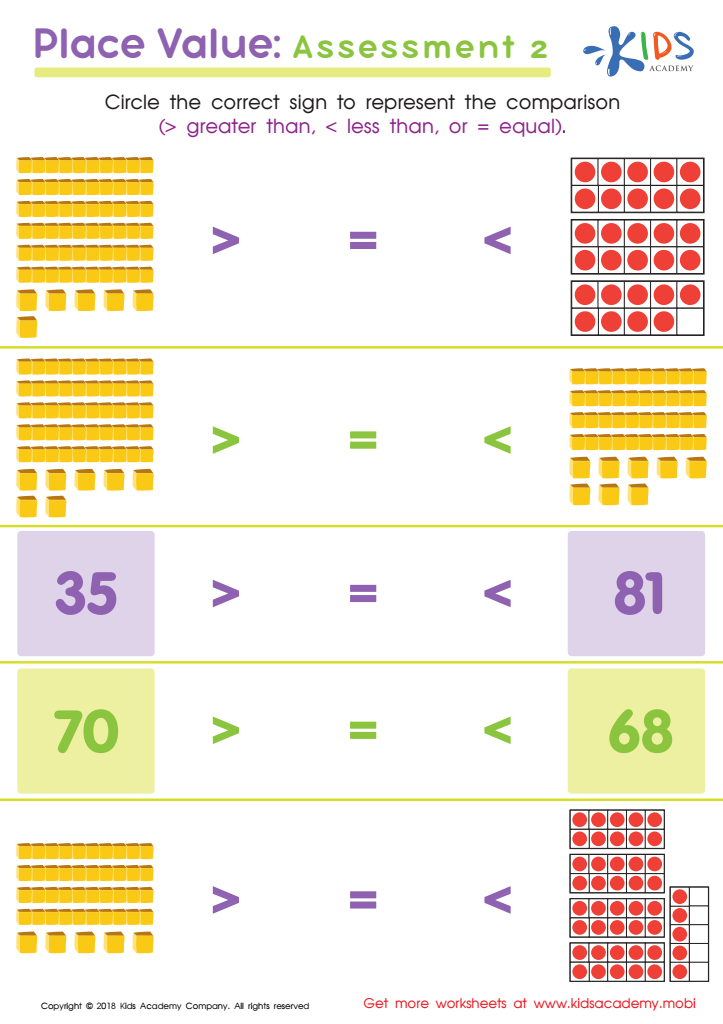

Place Value: Assessment 2 Worksheet
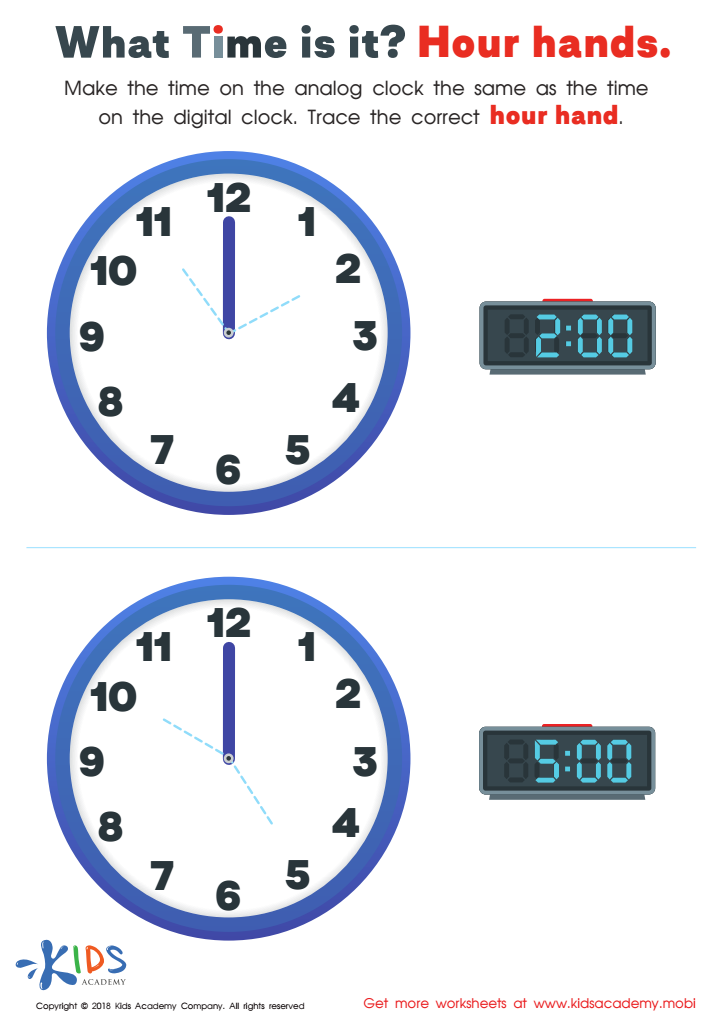

What Time Is it? Hour Hands Worksheet


Matching Time Worksheet
Reading clocks is an essential life skill that parents and teachers should prioritize for 7-year-olds for several reasons. Firstly, it promotes mathematical understanding. Learning to read both analog and digital clocks not only reinforces concepts of time but also strengthens number recognition, counting skills, and addition/subtraction, essential elements of math.
Secondly, mastering time-telling equips children with practical skills and fosters their independence. It helps them manage their own schedules, understand routines, and learn the value of time management, which is vital for academic success and daily life.
Additionally, reading clocks can enhance critical thinking and problem-solving. Children are encouraged to analyze information, identify elapsed time, and make comparisons, thereby developing cognitive skills necessary for more complex mathematical concepts later.
Lastly, fostering competence in reading clocks instills a sense of accomplishment and boosts self-confidence. When children grasp these skills, they experience a tangible achievement, fostering a positive attitude towards learning.
In conclusion, teaching 7-year-olds to read clocks combines mathematical learning with practical life skills, enabling them to grow academically and personally, laying the groundwork for future educational challenges. Parents and teachers play a crucial role in supporting this vital skill development.

 Assign to My Students
Assign to My Students
